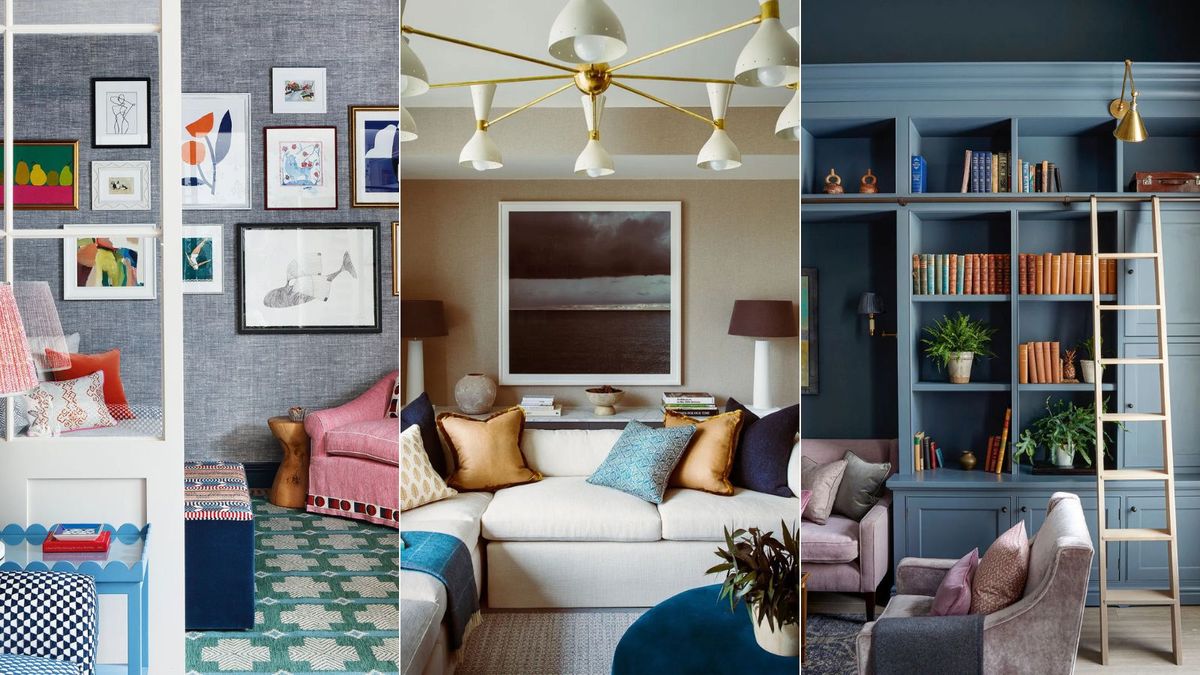Small room ideas may be limited in size, but they are some of my favorite rooms to decorate. We've rounded up our favorite small space trends to transform that uncomfortable space into something elegant and sophisticated, regardless of its shape and proportions.
Although small spaces can present many design challenges, compact living offers several benefits. A well-designed space can feel just as comfortable as a larger room, with all the coziness and comfort associated with family life.
With a focus on long-lasting materials, sustainability, and design pieces with durability, the latest interior design trends for small spaces in 2025 are anything but fads.
The best trends for small spaces
One of the main advantages of a compact space is convenient accessibility to everything you need. Ease of maintenance is another advantage of a small space.
Often people don't know what to do with a small space. It can be more difficult to remodel than a large room, but it just takes planning. Some of my favorite spaces are small rooms – when designed well, they really feel tailored to the owner and the home.
My edition of 2025 small space trends focuses on both designers' fresh ideas and the enduring styles and influences that are always at the heart of interior design.
1. Be bold when infusing colors
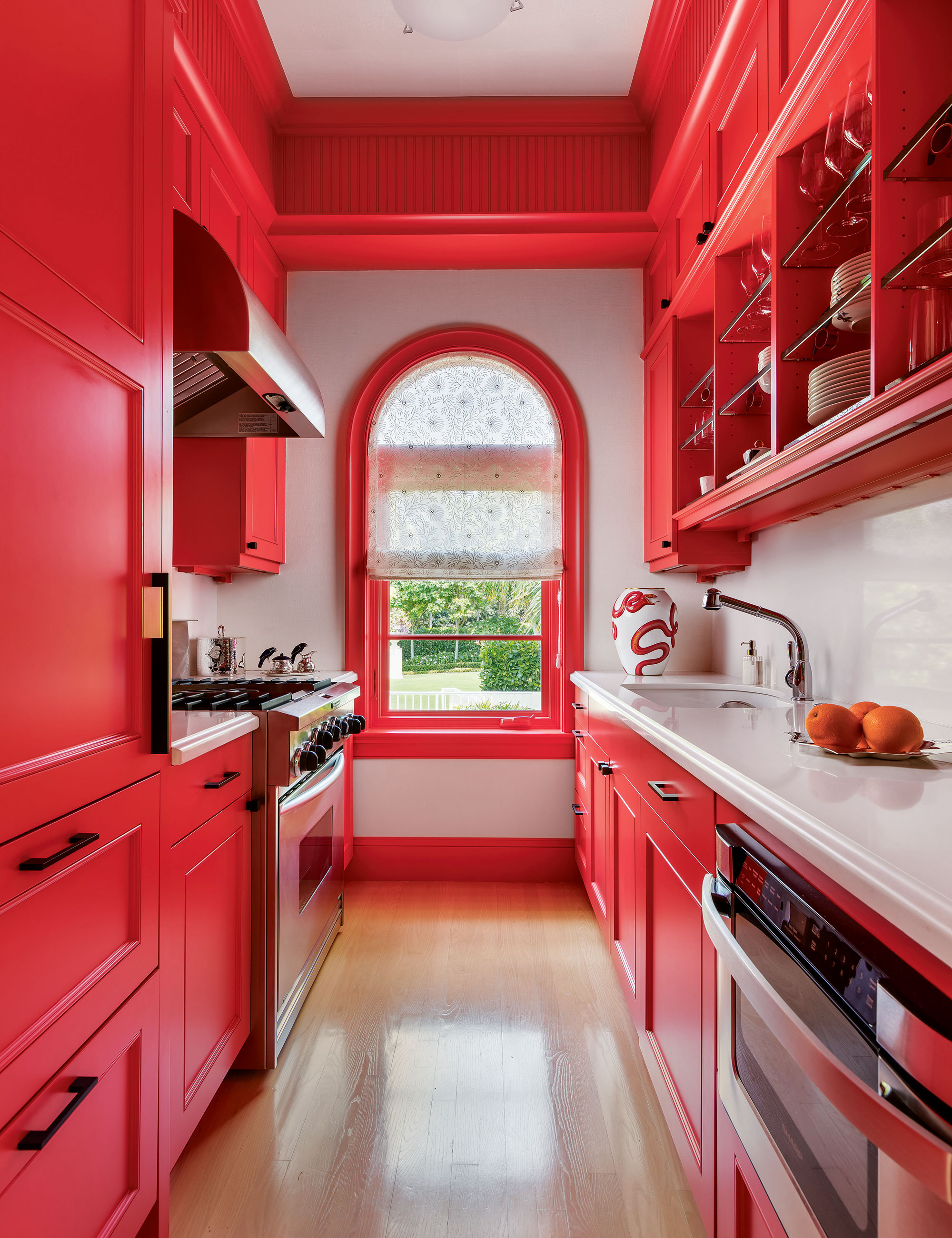
(Image credit: MMB Studio)
For far too long, many homeowners have decorated small rooms with only white — and similar light colors — because they believed that bright, bold colors would make the room seem overwhelming. However, these days designers want us to be bold when choosing colors. It makes for a more interesting space.
Bold colors are a way to enlarge a space that physically requires only a small footprint. “In this guest house, the small kitchen is tight, so I wanted to make it a star,” says Matthew Boland, director of MMB Studio. “The color – Sherwin-Williams' Energetic Orange – captures your attention and allows your eye to travel the entire length and height. The smallest rooms can be the most memorable if you put a lot of focus on them. “Here the focus was on the paint color and we used it emphatically.”
2. Swap freestanding furniture for custom built-in furniture
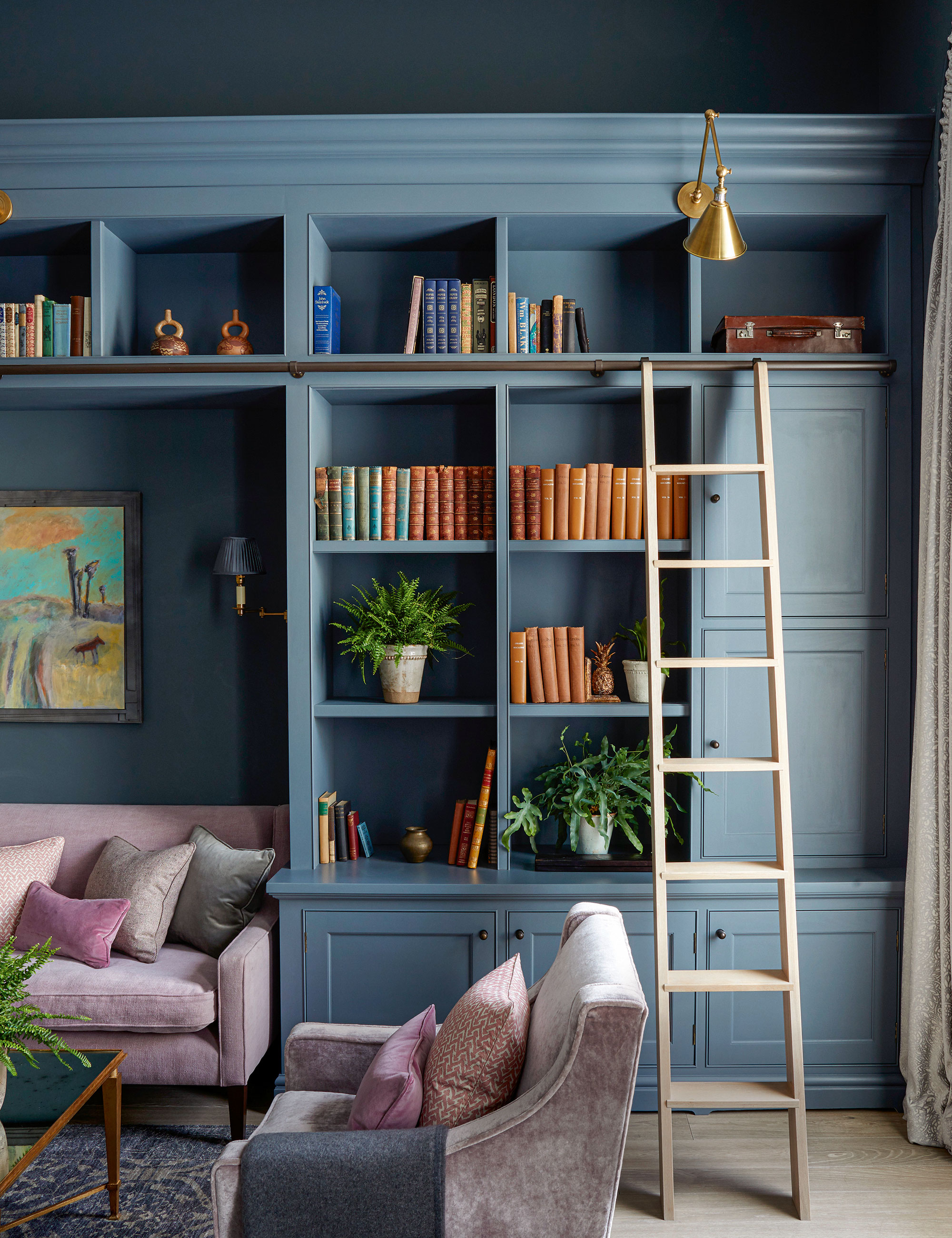
(Image credit: Sims Hilditch)
Built-in furniture is very suitable for smaller rooms as it can be more efficient than free-standing furniture with gaps all around and also appears more uniform. For example, in a tiny bedroom, you may want to accommodate the bed with a built-in closet.
“I love bespoke joinery in a small space, but I think it looks really chic if you keep all the colors the same so it doesn't break up,” explains Sarah Peake, founder of Studio Peake.
Crafted from bespoke joinery in a moody hue, this beautiful wall is extremely characterful and offers plenty of open and enclosed storage space. “We used a deep, smoky color for the walls and joinery of this north-facing room,” says Emma Sims-Hilditch, founder and creative director of Sims Hilditch. “The aim was to embrace the darkness of this space and transform it into an atmospheric and cozy sanctuary.” Soft wall and ceiling lighting add to the atmosphere of this cozy space.”
3. Use light-reflecting materials

(Image credit: Sibyl Colefax & John Fowler)
The ongoing trend towards precious metals such as copper, brass and steel has resulted in some eye-catching designs. We're already seeing more designers opting for light-reflecting colors and materials in small spaces this year.
In this space designed by Lucy Mayers, decorator Sibyl Colefax and John Fowler, light-reflecting colors and materials work together to make a small kitchen appear larger.
“Using the same bold furniture color on walls and ceilings is an effective way to trick the eye and enhance depth and height.” To balance the dark walls and cabinets, the choice of backsplash was paramount. These porcelain tiles look like brass but are easier to clean and have a brilliant reflective quality that is further enhanced by under cabinet lighting. The surface gives a real feeling of glamor while helping to reflect light around the room. Don’t go overboard with statement finishes because sometimes having less of them makes it seem even more luxurious.”
It's a small space decorating trend that we noticed at the end of last year and that I expect will continue into 2025.
4. Multi-layered lighting concepts instead of the “big light”
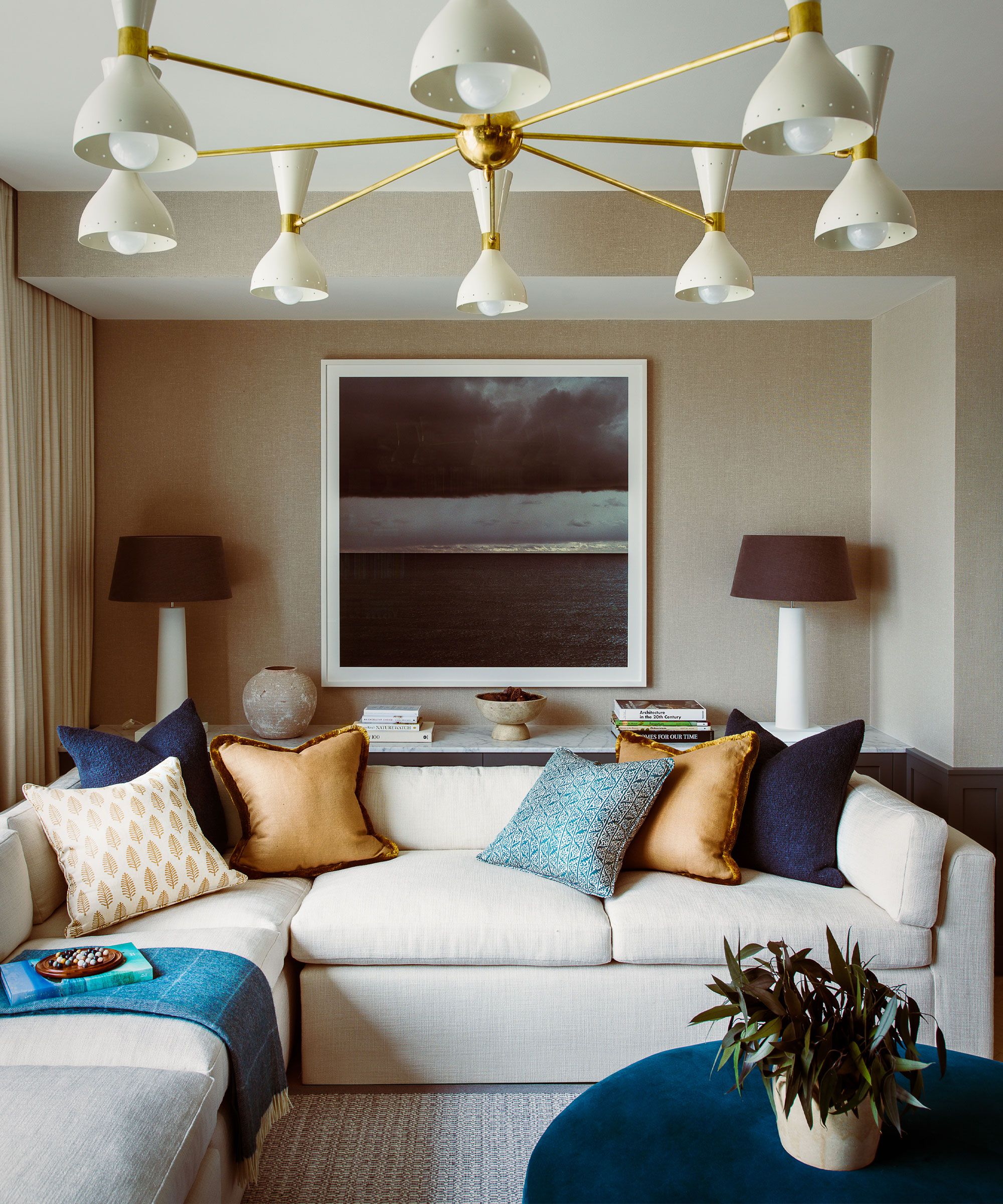
(Image credit: Albion North)
Lighting is one of the most important aspects when designing a small room.
In small rooms you need to pay particular attention to lighting, especially since there is often a lack of natural light. If it's a cozy bedroom, you can rest assured that the lighting will be naturally darker.
Always plan a layered lighting scheme in any room so that you have layers: a table lamp, a floor lamp or something on the wall, as well as ceiling or wall lighting. A directional surface-mounted spotlight is great for low-ceilinged rooms, such as an attic bedroom, and if there's no room for a bedside table, I love a wall light with a swivel arm.
Flush-mounted lights are ideal in rooms with low ceilings because they do not hang down. If you don't have space for a lot of lighting fixtures, consider carpentry lighting as they are hidden.
Personally, I love upgrading jewelry rooms with an oversized light fixture. The dramatic chandelier in the small living room of this Albion Nord-designed home adds extra intrigue.
Small spaces often benefit from larger-than-life elements – many people think a small space should be simple, but I think a small space needs more emphasis, not less.
5. Delight with decorative details
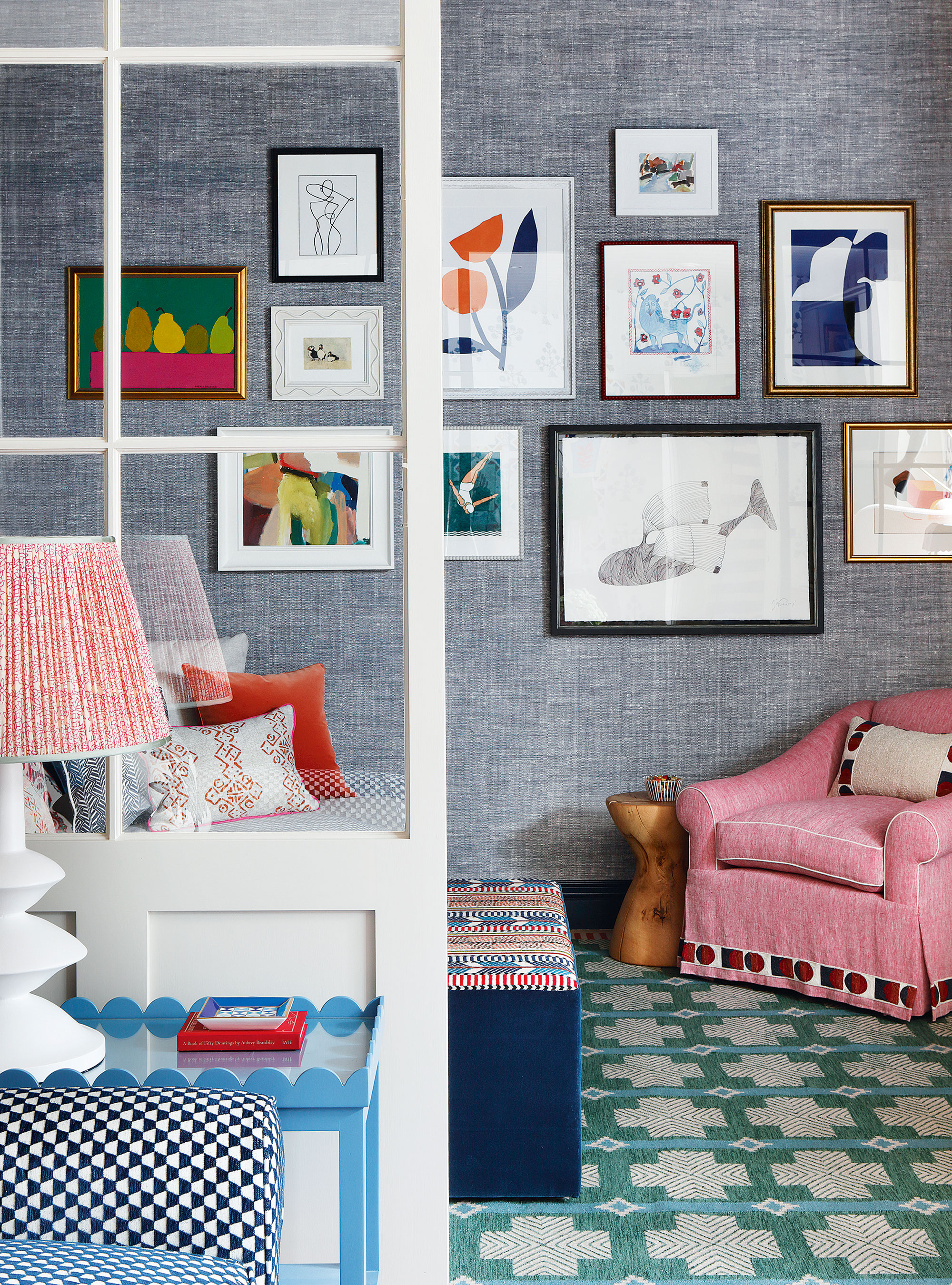
(Image credit: Alexander James / Studio Peake)
Introducing decorative details, patterns and color clashes distract from the smallness of a room and make it feel cozy and inviting. Nothing should scream louder than anything else, so that the eye is not drawn to a particular feature and the room does not appear too crowded.
Eva Sonaike, creative director of Eva Sonaike, shares my love of decorating with patterns in small spaces.
“I like to play with patterns and colors in small spaces. For example, I could use patterned throw pillows on a sofa alongside occasional chairs and poufs upholstered in fabrics of your choice. These themes can then be reflected in accessories such as ornaments with colorful designs.”
Little Greene's creative director, Ruth Mottershead, loves adding decorative moments to the entrance to her home.
“Small entrance areas are often narrow and offer little natural light. Therefore, you should use colors and patterns to create a design concept that brings warmth and light to the room,” she says. “The hallway is a fantastic place to make a first impression on guests, but is also the first area you enter when you get home. So think about how you want your home to feel: calm and cocooned or happy and lively? Don't forget to consider the views into the hallway from other rooms. How much do you see and how will the design you chose for the hallway translate to the rest of the house?
A small space offers a fantastic opportunity for experimentation. These often overlooked spaces are ripe for rediscovery, so combine patterns, clash colors and go bold.
